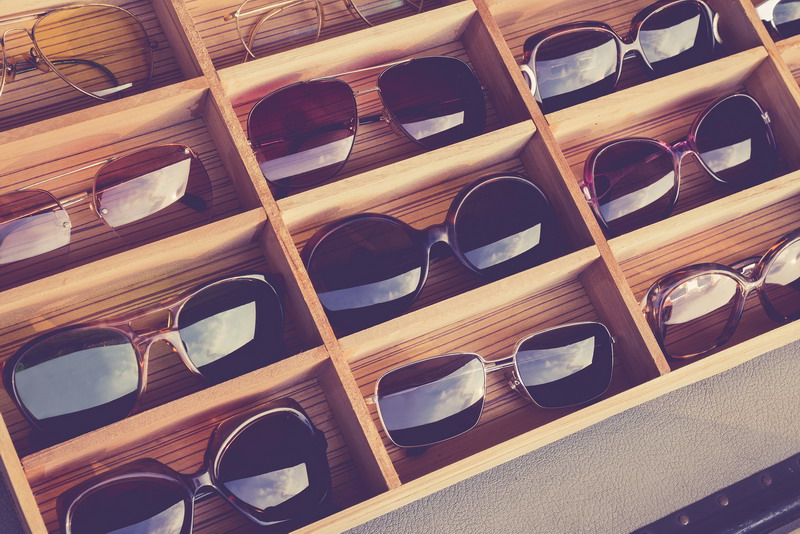Spring is the time of year when fashion writers turn their attention to things like summer hats and sunglasses. We are a little bit late this year thanks to the coronavirus pandemic, but articles on sunglasses are starting to pop up here and there. This year, there seems to be a big emphasis on cheap sunglasses.
It is entirely possible to talk about cheap sunglasses in a positive way. For example, you can buy a pair of cheap sunglasses that give you the same quality as a luxury brand and still have money left over to do something else. Unfortunately, the term ‘cheap sunglasses’ has a negative connotation more often than not. Equally unfortunate is the deceptive nature of the term.
Two Ways to Look at It
There are two ways to look at something described as ‘cheap’. First is cost. A product that costs significantly less than competing products is considered cheap. Simple enough. The other way to look at it is in terms of quality. This is where the phrase can be more deceptive than transparent.
To call something cheap because its quality is lacking is to put up a red flag. In other words, do not buy cheap sunglasses that aren’t made very well. They are probably not going to hold up to even a minimal amount of punishment. A warning of this type would be an appropriate use of the terminology.
On the other hand, it is inappropriate to infer that cheap sunglasses do not offer very good eye protection. It could be true in some cases, but neither price nor craftsmanship have anything to do it. To prove the point, let us discuss both UV protection and polarization.
UV Protection
The world is well aware of the fact that excessive exposure to UV rays can damage the eyes. UV rays can contribute to photokeratitis, cataracts, glaucoma, and even cancer. We know enough to wear sunglasses in order to protect our eyes.
Sunglasses are rated according to the UV wavelengths they block. A rating of 400 tells you a pair of sunglasses blocks all UV rays. A rating of 300 tells you they block most UV rays. What should be understood is that UV protection is achieved by embedding a thin layer of material inside the lenses.
UV protection and price rarely go hand in hand. You can buy cheap sunglasses for less than $25 without compromising UV protection. And by the way, you can get UV protection with lenses that are not tinted. Tinting has nothing to do with blocking out UV rays.
Polarization
Polarization is similar to UV protection in that price rarely has anything to do with it. Olympic Eyewear, a Salt Lake City company that designs and distributes dozens of brands of designer-like sunglasses, explains that polarization is a way of filtering out reflection by applying a filter to lenses.
Sunlight creates glare when reflection causes light waves to travel in all different directions. A polarization filter blocks light waves in all but one direction, thus eliminating glare and improving clarity. The filter is applied to a pair of sunglasses via a thin film on the outside.
Like UV protection, it is possible to buy cheap sunglasses that are polarized. You don’t have to spend hundreds of dollars to get a pair that block out glare.
If you are planning to buy new sunglasses for the summer, be careful to not believe everything you hear or read. Do some research so that you thoroughly understand sunglasses and how they work. Then you’ll feel more comfortable about your purchase regardless of how much you spend.

